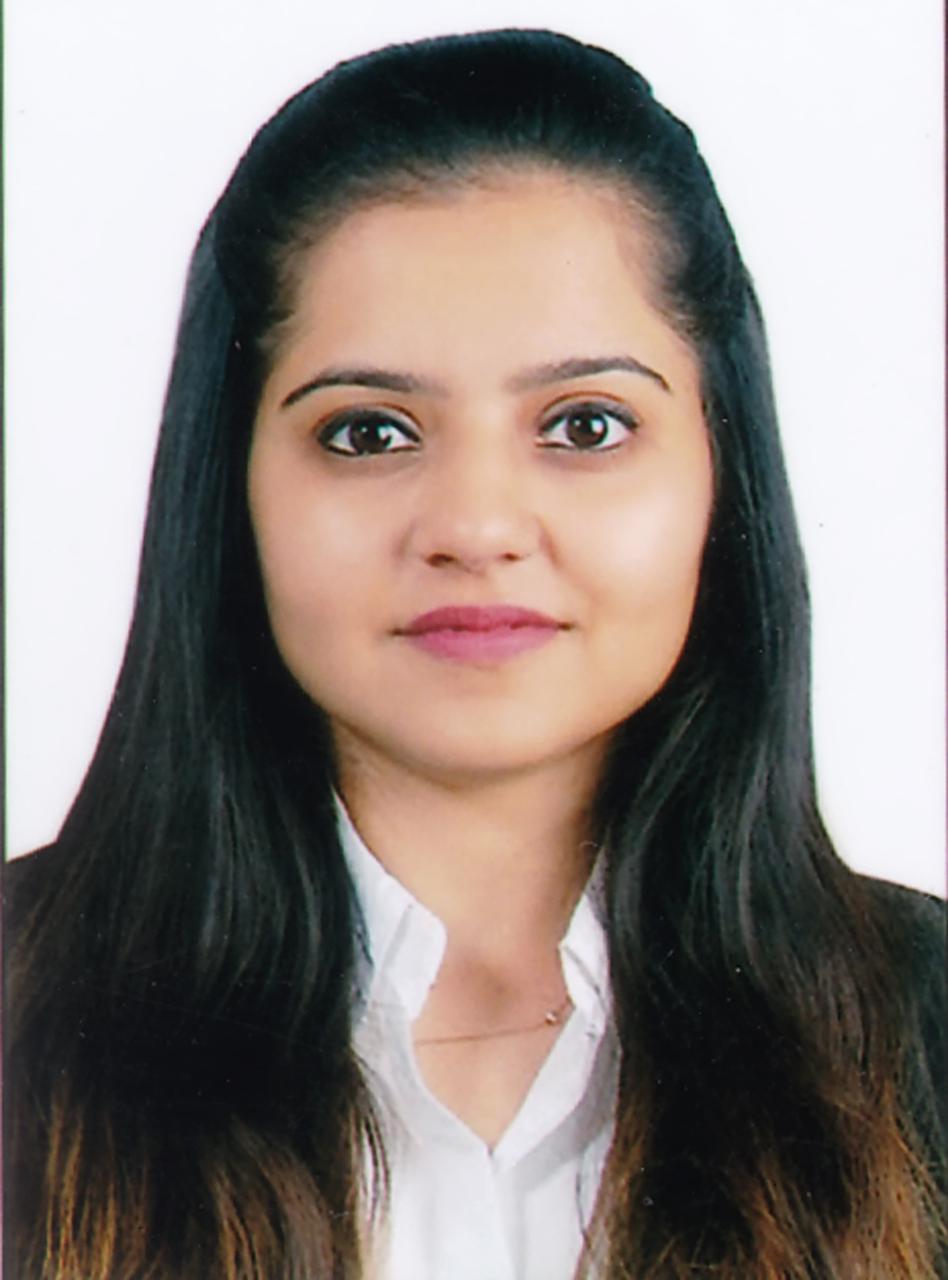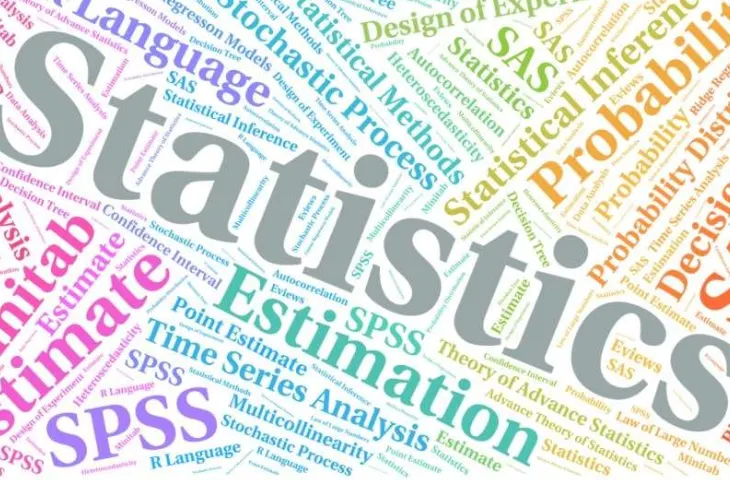Last updated on October 24th, 2025 at 03:36 pm
The SSC CGL Tier 2 Junior Statistical Officer Paper tests candidates’ knowledge of statistics through concept-based and formula-driven questions. To help aspirants prepare effectively, we’ve compiled 100 most expected Statistics MCQs with solutions based on previous year papers, latest exam trends, and important topics from the syllabus. These questions will help you practice key areas like Probability, Correlation, Regression, Sampling, Index Numbers, and Time Series Analysis, all important for scoring high in the JSO paper.
Also check out Most Repeated Quantitative Aptitude Questions for SSC CGL Tier 2
SSC CGL Tier 2 JSO Paper, 100 Most Expected Statistics MCQs with Solutions
Practicing multiple-choice questions is the most effective way to prepare for the SSC CGL Tier 2 JSO Paper. Here are 40 high-probability statistics MCQs with solutions to help you revise quickly and score well.
- The mean of 10 numbers is 25. If one number is removed, the mean becomes 24. The number removed is:
A) 30
B) 32
C) 34
D) 36
Answer: C) 34 - Median divides the data into how many equal parts?
A) 2
B) 3
C) 4
D) 5
Answer: A) 2 - Mode is the value which is:
A) Maximum
B) Minimum
C) Most frequent
D) Average
Answer: C) Most frequent - Coefficient of Variation (CV) is calculated as:
A) SD × Mean
B) SD ÷ Mean × 100
C) Mean ÷ SD × 100
D) SD + Mean
Answer: B) SD ÷ Mean × 100 - A coin is tossed twice. Probability of at least one head?
A) 1/4
B) 1/2
C) 3/4
D) 1
Answer: C) 3/4 - Two dice are thrown. Probability of sum 7?
A) 1/12
B) 1/6
C) 1/8
D) 1/36
Answer: B) 1/6 - Expected value of a random variable X is:
A) Σx
B) ΣP(x)
C) Σx·P(x)
D) Σx²·P(x)
Answer: C) Σx·P(x) - Correlation coefficient r lies between:
A) −2 and 2
B) −1 and 1
C) 0 and 1
D) 0 and ∞
Answer: B) −1 and 1 - If r = 0.9, correlation is:
A) Strong negative
B) Weak positive
C) Strong positive
D) No correlation
Answer: C) Strong positive - Regression line of Y on X: Y = a + bX. What is b?
A) Mean of Y
B) Intercept
C) Regression coefficient
D) SD of X
Answer: C) Regression coefficient - Laspeyres Price Index formula is:
A) ΣP₁Q₁ / ΣP₀Q₁ × 100
B) ΣP₁Q₀ / ΣP₀Q₀ × 100
C) ΣP₀Q₁ / ΣP₁Q₀ × 100
D) ΣP₀Q₀ / ΣP₁Q₁ × 100
Answer: B) ΣP₁Q₀ / ΣP₀Q₀ × 100 - Base year index is always:
A) 50
B) 75
C) 100
D) 200
Answer: C) 100 - Fisher’s Ideal Index is:
A) Arithmetic mean of Laspeyres and Paasche
B) Geometric mean of Laspeyres and Paasche
C) Harmonic mean
D) Weighted mean
Answer: B) Geometric mean of Laspeyres and Paasche - Objective of sampling is:
A) Measure population exactly
B) Estimate population parameters from a subset
C) Reduce data
D) Increase sample size
Answer: B) Estimate population parameters from a subset - Simple random sample means:
A) Equal probability for all items
B) Select first n items
C) Systematic selection
D) Stratified selection
Answer: A) Equal probability for all items - Standard error of mean decreases when:
A) Sample size increases
B) Sample size decreases
C) Population size decreases
D) Population size increases
Answer: A) Sample size increases - Components of time series include:
A) Trend, Seasonal, Cyclical, Irregular
B) Mean, Mode, Median
C) Variance, SD, CV
D) Probability, Randomness, Mean
Answer: A) Trend, Seasonal, Cyclical, Irregular - Method of least squares is used to:
A) Find mean
B) Draw histogram
C) Fit trend line
D) Calculate variance
Answer: C) Fit trend line - Moving averages help to:
A) Identify irregularities
B) Smooth short-term fluctuations
C) Calculate SD
D) Rank data
Answer: B) Smooth short-term fluctuations - In binomial distribution, mean = np, variance =?
A) np
B) npq
C) n²p²
D) √npq
Answer: B) npq - For Poisson distribution, mean and variance are:
A) Equal
B) Not equal
C) Mean > Variance
D) Variance > Mean
Answer: A) Equal - Normal distribution curve is:
A) Skewed left
B) Skewed right
C) Symmetrical about mean
D) Asymmetrical
Answer: C) Symmetrical about mean - Null hypothesis is:
A) Statement with effect
B) Statement of no effect
C) Alternative hypothesis
D) Statistical error
Answer: B) Statement of no effect - Type I error occurs when:
A) Null hypothesis rejected wrongly
B) Null hypothesis accepted rightly
C) Alternative hypothesis rejected
D) Alternative hypothesis accepted wrongly
Answer: A) Null hypothesis rejected wrongly - Level of significance denotes:
A) Probability of Type II error
B) Probability of Type I error
C) Power of test
D) Sample size
Answer: B) Probability of Type I error - Median of {2, 5, 7, 10, 12}?
A) 5
B) 7
C) 10
D) 12
Answer: B) 7 - Mean of {4, 8, 6, 10}?
A) 6
B) 7
C) 8
D) 9
Answer: B) 7 - Standard deviation measures:
A) Central tendency
B) Dispersion from mean
C) Skewness
D) Kurtosis
Answer: B) Dispersion from mean - Range is:
A) Difference between max and min
B) Average of max and min
C) Sum of all values
D) Product of max and min
Answer: A) Difference between max and min - Probability of drawing an Ace from a deck of 52 cards?
A) 1/13
B) 1/52
C) 1/4
D) 1/26
Answer: A) 1/13 - Probability of a red card?
A) 1/4
B) 1/3
C) 1/2
D) 2/3
Answer: C) 1/2 - Probability of getting two heads in two coin tosses?
A) 1/2
B) 1/4
C) 1/8
D) 1
Answer: B) 1/4 - If events A and B are independent, P(A ∩ B) = ?
A) P(A) + P(B)
B) P(A) × P(B)
C) P(A) – P(B)
D) P(A)/P(B)
Answer: B) P(A) × P(B) - Cumulative frequency is:
A) Frequency in class
B) Sum of all frequencies up to that class
C) Average frequency
D) Maximum frequency
Answer: B) Sum of all frequencies up to that class - Quartiles divide data into:
A) 2 equal parts
B) 3 equal parts
C) 4 equal parts
D) 5 equal parts
Answer: C) 4 equal parts - Deciles divide data into:
A) 5 parts
B) 10 parts
C) 20 parts
D) 100 parts
Answer: B) 10 parts - Percentiles divide data into:
A) 10 parts
B) 50 parts
C) 100 parts
D) 25 parts
Answer: C) 100 parts - Karl Pearson correlation formula is:
A) Cov(X,Y) / σ_X²
B) Cov(X,Y) / (σ_X × σ_Y)
C) ΣX/ΣY
D) ΣXY
Answer: B) Cov(X,Y) / (σ_X × σ_Y) - Rank correlation uses which coefficient?
A) Pearson
B) Spearman
C) Kendall
D) Both B & C
Answer: D) Both B & C - Regression coefficient formula: b = ?
A) Cov(X,Y)/Var(Y)
B) Cov(X,Y)/Var(X)
C) Var(X)/Cov(X,Y)
D) Mean(Y)/Mean(X)
Answer: B) Cov(X,Y)/Var(X)
Check out Most Repeated Reasoning Questions for SSC CGL Tier 2
Download the Complete PDF of 100 SSC CGL JSO Statistics MCQs
Get the full PDF containing 100 most expected SSC CGL Tier 2 JSO statistics MCQs with solutions, covering Probability, Correlation & Regression, Measures of Central Tendency, Time Series, Index Numbers, Sampling, and Distributions, so you can practice offline, revise quickly, and strengthen your preparation.
Download 100 SSC CGL JSO Statistics MCQs
CGL JSO Statistics Syllabus 2025
The Statistics syllabus according to the SSC JSO Exam Pattern is divided into key topics that test your conceptual clarity and application skills.
| Unit | Topic |
| 1. Collection, Classification & Presentation of Statistical Data | Meaning, types of data, primary & secondary data, frequency distribution, tabulation, diagrammatic representation. |
| 2. Measures of Central Tendency | Mean, Median, Mode, Geometric & Harmonic Mean, Weighted Mean. |
| 3. Measures of Dispersion | Range, Quartile Deviation, Mean Deviation, Standard Deviation, Coefficient of Variation. |
| 4. Moments, Skewness & Kurtosis | Types of moments, coefficient of skewness, coefficient of kurtosis, shape of distribution. |
| 5. Correlation & Regression | Scatter diagrams, Karl Pearson’s coefficient, Spearman’s rank correlation, regression lines, multiple correlation. |
| 6. Probability Theory | Basic definitions, addition & multiplication theorems, conditional probability, Bayes’ theorem. |
| 7. Random Variables & Probability Distributions | Random variables, binomial, Poisson, normal, exponential, and joint distributions. |
| 8. Sampling Theory | Population and sample, sampling techniques, errors, sampling distributions, central limit theorem. |
| 9. Statistical Inference | Estimation, testing of hypotheses, standard errors, t-test, z-test, chi-square test, F-test. |
| 10. Analysis of Variance | One-way classification, Two-way classification |
| 11. Time Series Analysis | Trend determination, Seasonal variation |
| 12. Index Numbers | Construction, Types, Formulae, Uses (e.g., cost of living index) |
Check out Most Repeated Computer Awareness Questions for SSC CGL Tier 2
SSC CGL JSO Paper Overview
Below are the details of SSC JSO Exam:
| Feature | Details |
| Paper Name | SSC CGL Tier 2 Paper II – Statistics (for JSO) |
| Mode of Exam | Online (Computer-Based Test) |
| Total Marks | 200 |
| No. of Questions | 100 |
| Time Duration | 2 Hours |
| Type of Questions | Objective (MCQs) |
| Negative Marking | 0.50 marks per wrong answer |
Also check out Most Repeated Quantitative Aptitude Questions for SSC CGL Tier 2
Check other SSC JSO related blogs:
FAQs
The SSC CGL Tier 2 JSO (Junior Statistical Officer) Paper is Paper II of the Tier 2 exam, focusing on Statistics. It tests candidates’ understanding of concepts, formulas, and data interpretation.
The paper contains 100 objective-type MCQs, each carrying 2 marks, making a total of 200 marks. The duration of the exam is 2 hours.
Yes, there is 0.5 marks deducted for each incorrect answer.
Key topics include:
1. Probability & Random Variables
2. Measures of Central Tendency (Mean, Median, Mode)
3. Measures of Dispersion (Variance, SD, CV)
4. Correlation & Regression
5. Time Series Analysis
6. Index Numbers
7. Sampling Theory
8. Statistical Inference
Yes, you can download the PDF of 100 MCQs with solutions and practice offline anytime.
- SSC CGL Tier 2 Study Plan 2025 for Last 15 Days Before Exam
- SSC CGL 2025 Tier 1 PYPs, Shift-Wise Previous Papers, Download PDFs
- SSC CGL Tier 2 Paper 1 Preparation Tips, Check now
- SSC CGL टॉप 5 हाई पेइंग जॉब्स कौन-सी हैं?, पूरी जानकारी यहां
- SSC CGL की तैयारी के लिए सबसे अच्छी किताबें कौन-सी हैं? यहां चेक करें
- SSC CGL पोस्ट प्रेफरेंस, SSC CGL की सबसे अच्छी पोस्ट क्या है?

I’m Mahima Khurana, a writer with a strong passion for creating meaningful, learner-focused content especially in the field of competitive exam preparation. From authoring books and developing thousands of practice questions to crafting articles and study material, I specialize in transforming complex exam-related topics into clear, engaging, and accessible content. I have first hand experience of 5+ months in SSC Exams. Writing, for me, is not just a skill but a way to support and guide aspirants through their preparation journey one well-written explanation at a time.
